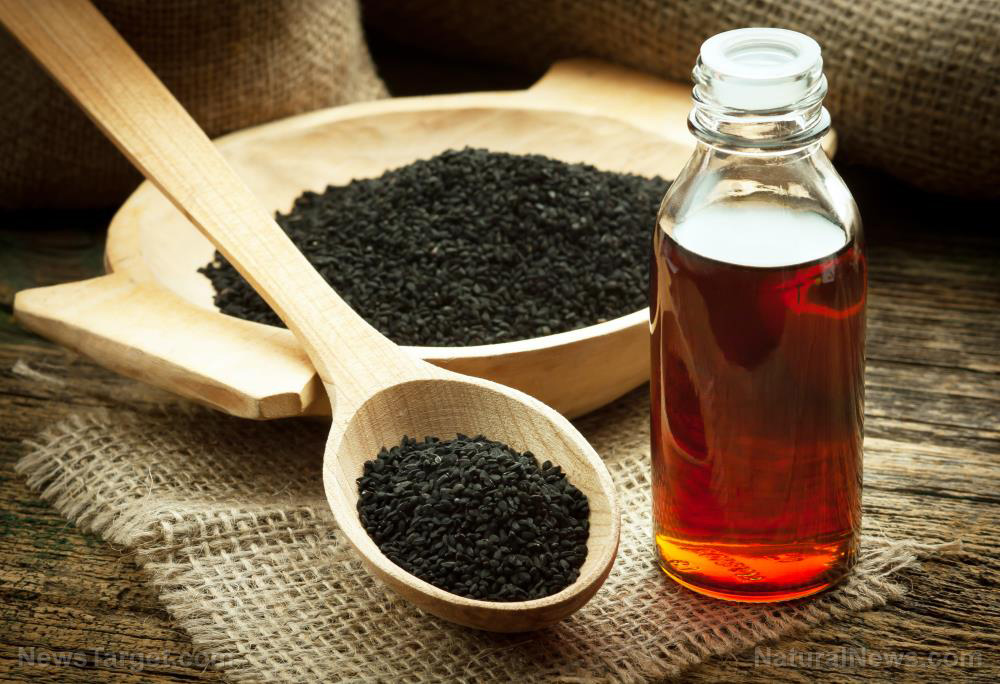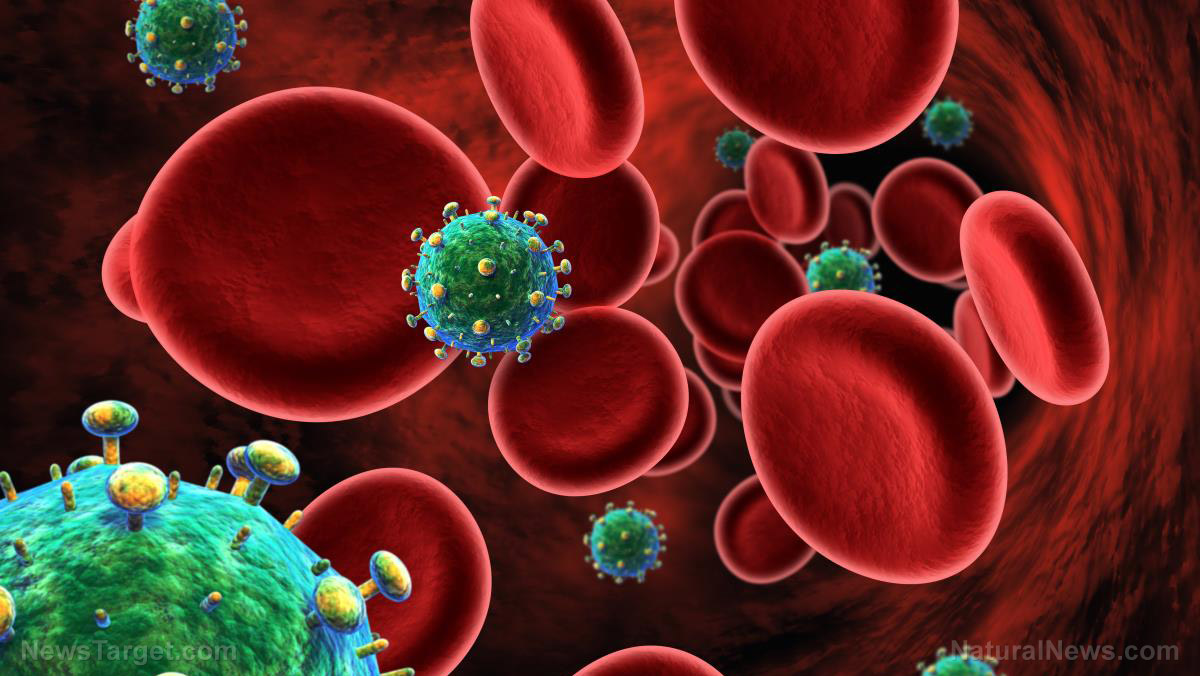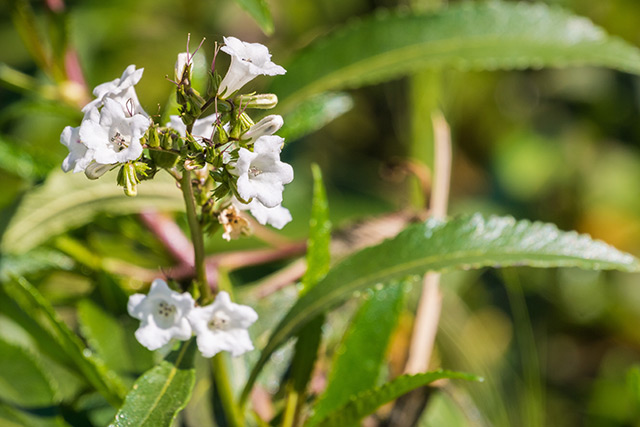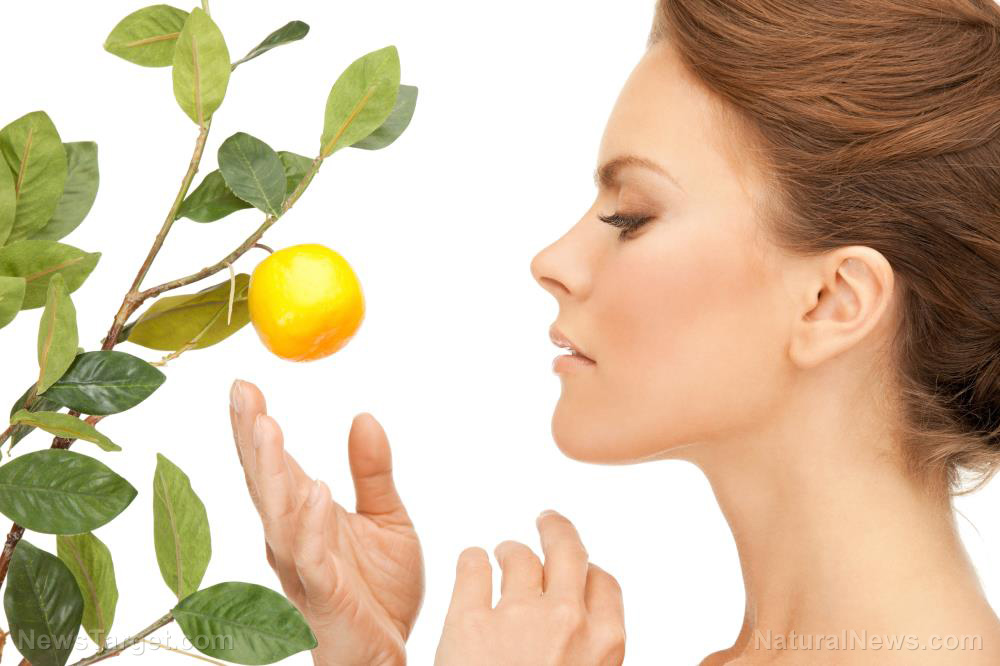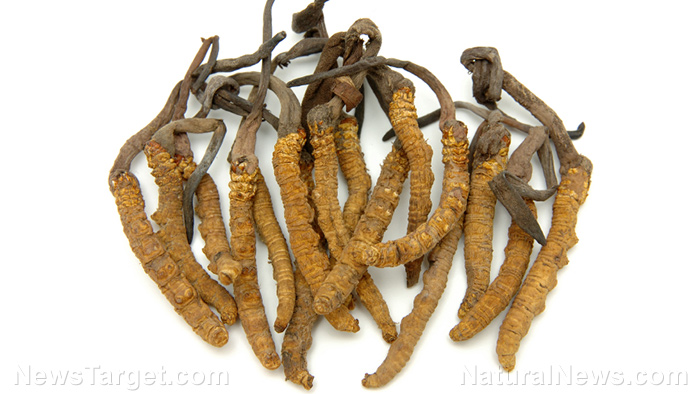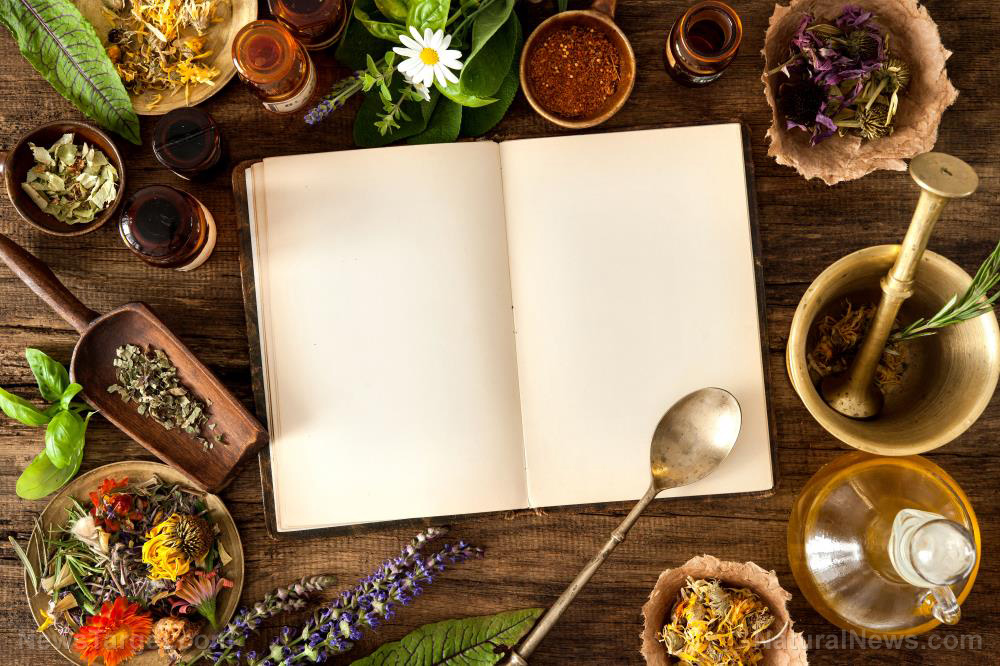Discover natural agents for disrupting bacterial biofilm
09/20/2019 / By Evangelyn Rodriguez

Bacteria represent just one part of a large and thriving community of microorganisms that the human body plays host to. These microbes can be found in different parts, including the skin, the oral cavity, and most notably, the gut. While bacteria, together with other microbes, contribute to the maintenance of good health, certain factors, such as an imbalance in composition, could trigger their pathogenicity. One of the most common indicators of abnormal bacterial growth is the formation of biofilm. This buildup is associated with various diseases and drug-resistance, so scientists are looking for more potent ways of preventing it without using modern antibiotics. In a review published in Chinese Medicine, researchers from different universities in Hong Kong and China summarized recent studies and the discovery of natural anti-biofilm agents from plants. In their article, they discussed herbs with both known and unknown bioactive ingredients and mechanisms of action that have shown strong antibacterial activity against various strains.
Biofilm formation, quorum sensing, and medicinal plants
Biofilm is a natural form of bacterial growth that is ubiquitous in the environment. During its formation, various microorganisms band together and produce substances which allow them to attach to and grow on the surfaces of either living or non-living things irreversibly. The nature and environment of a biofilm can change these microorganisms’ characteristics, affecting things like their growth rate and their gene transcription.
Biofilm formation has long been linked to the development of multi-drug resistance. Scientists consider biofilms a threat to public health because microorganisms associated with biofilms have shown reduced susceptibility to antibiotics and antimicrobial agents. This resistance may be a direct result of growing in the environment of a particular biofilm or due to the transfer of genetic elements from naturally resistant species to susceptible ones.

|
Discover how to prevent and reverse heart disease (and other cardio related events) with this free ebook: Written by popular Natural News writer Vicki Batt, this book includes everything you need to know about preventing heart disease, reversing hypertension, and nurturing your cardiac health without medication. Learn More. |
When microorganisms form biofilms, they communicate with each other using a mechanism known as quorum sensing. This type of cell-to-cell communication mechanism plays a critical role in biofilm formation in both Gram-negative and Gram-positive bacterial species. Quorum sensing not only enables bacteria to recognize the population density, it also alters their gene expression and influences biofilm architecture. Studies suggest that quorum sensing provides inherent protection from certain factors, such as host immunity and antibiotics.
According to the researchers, numerous studies have demonstrated the antimicrobial and chemo-preventive properties of the bioactive components of certain plants. These properties allow various herbs, such as those used in traditional Chinese medicine (TCM), to control or eliminate biofilm formation. Because of their strong potential, researchers are currently exploring new techniques for the extraction and identification of these natural anti-biofilm substances from plants. Some anti-biofilm substances are now undergoing clinical trials.
The researchers believe that these natural anti-biofilm agents are promising candidates that can eventually be used to treat biofilm-related infections in humans.
Medicinal plants that contain anti-biofilm compounds
Many plants that have been used in folk medicine have active components that can prevent the formation of biofilm. Their effects mainly involve the suppression of cell adhesion and attachment, the inhibition of extracellular matrix (ECM) regeneration, and the reduction of the expression of virulence factors. Based on numerous studies, these medicinal plants have some of the strongest anti-biofilm activities:
- Garlic — Garlic is a known antimicrobial. It contains a compound called N-(heptylsulfanylacetyl)-L-homoserine lactone that can inhibit quorum sensing signaling.
- Cocculus trilobus — C. trilobus is a climbing herb that’s native to many countries in Southeast Asia. Ethyl acetate fractions of C. trilobus can suppress the adherence of bacteria even to surfaces coated with fibronectin, a cell adhesion molecule.
- Cranberry — Cranberries contain an abundance of polyphenols, which are phytonutrients that benefit human health. High molecular weight polyphenols from cranberries can inhibit biolfilm formation and prevent the attachment and colonization of human pathogens. (This is why they are effective at treating UTIs.)
- Whiteflower patrinia herb — Herba patriniae, also known as bai jiang cao, is an herb used in TCM. Extracts from this herb are said to inhibit the expression of biofilm-associated genes.
- Ginkgo biloba — Ginkgo biloba contains two antibacterial components, ginkgolic acid and cinnamaldehyde. The former represses genes related to biofilm formation while the latter interferes with the actual process of biofilm formation.
There are other plants rich in quercetin, limonoids, hordenine, and phloretin that also serve as valuable sources of anti-biofilm agents. However, more studies are needed to understand the mechanisms that underlie their beneficial effects.
Sources include:
Tagged Under: alternative medicine, anti-biofilm, anti-biofilm agents, antibacterial, Antibiotics, Antimicrobial, antimicrobials, bacteria, bacterial growth, biofilm, biofilm development, biofilm formation, cell communication, Chinese medicine, Cocculus trilobus, cranberry, discovery, disease treatments, drug resistance, folk medicine, garlic, ginkgo biloba, herbal medicine, Herbs, infections, infectious diseases, medicinal plants, Microbes, multi-drug resistant bacteria, natural antibiotics, natural cures, natural medicine, phytonutrients, prevention, quorum sensing, research, superbugs, TCM, whiteflower patrinia herb

